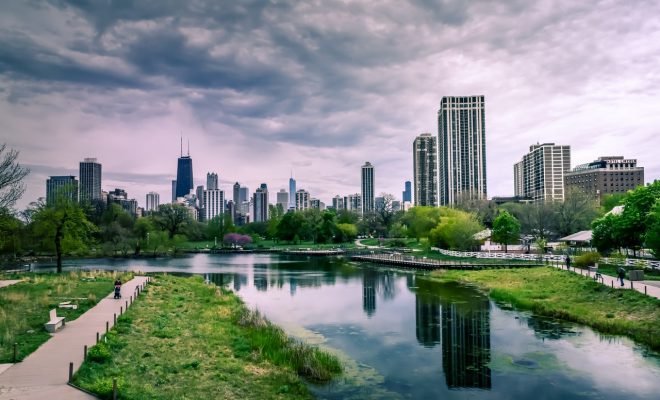 pexels
pexels
Urban Ecology – 8 Features of Sustainable Cities
Urban Ecology – 8 Features of Sustainable Cities
In recent years, sustainability and environmentalism are two words on everyone’s tongue. Especially, due to the ever-growing risk of global warming, climate change, poverty, exploitation and depleting natural resources at our disposal. While we can all make small changes in our daily habits, the only real way to reverse the damage we have done is to start practising sustainability on a large scale and create sustainable cities. Urban ecology – 8 features of sustainable cities.
Some countries already have such projects ready to go, so they can attempt to reverse global warming, inspire generations to be greener and improve the quality of life of every citizen. So what these green and sustainable cities have in common and what features they implement to be better and do better every day?
1. Clean energy supply
Local energy supply can easily come from within the community by employing community energy, district heating schemes, heat pumps (ground or water source) and other green solutions. Some power also comes from anaerobic digestion of waste resulting in natural gas production that can be injected into the mains and used to power plants or transport. Solar energy also has great potential to provide buildings with clean energy and architectural lighting. For instance, Tata Steel for Swansea created a dye-sensitive PV coating for building cladding that generates electricity—this solution is much more effective than panels and it doesn’t take up any land space. Additionally, solar cooling systems and passive house design are greatly represented in sustainable cities.
2. Wireless management of buildings
Wireless building management systems allow all buildings to monitor their energy consumption, minimize energy waste and identify hot spots that require action. The best thing about these systems is that everyone in the building can see real-time energy usage together with the reduction targets, so everyone will be encouraged to reach the goal and follow the efficiency agenda.
3. Eco-friendly lighting
LEDs rule smart and sustainable cities, especially the public spaces with a lot of motor and foot traffic. Since these spaces are in use 24/7, they need to provide users with optimal visibility and low energy consumption, durability and minimal maintenance at all times. Luckily, quality public spaces LED lighting can do just that: minimize consumption and maintenance while maximizing efficiency and durability. All of these installations can be integrated into Smart City solutions that include presence control, daylight sensors and various other public and street lighting options that make the flow of people and vehicles easier.
4. Seamless travel
One of the most important transport elements of smart and sustainable cities is public transport and its interconnectedness. This means that people can quickly and efficiently move from the subway to train to the bus using one payment method and minimal wait times. The possibility of taking a bike on the train, Metro or bus is also very important.
5. Access to cycling and walking paths
More and more cities are planning for walkability and cyclability and recognizing the needs of cyclists and pedestrians. These two activities have a lot of benefits for the environment: they reduce traffic, improve air quality, save resources, reduce healthcare costs and promote health. Some cities like London and Paris are already adapting cycle hire schemes to reduce congestions and pollution.
6. Making space for nature
Even though no one can expect that urban environments look like forests and parks, there are benefits to including nature into the city design. Natural environments have various benefits when it comes to sustainability: they improve biodiversity, clean out the air, reduce urban heat island effect and boost wellbeing in all people involved. Most trees planted are low-maintenance inedible plants, but that can change in the future. Sustainable cities can have more useful plants like nuts, fruit and herbs managed by community groups or professionals.
7. Access to charging stations
The abundance of charging stations encourages the use of electric cars, scooters and bikes for short city journeys. Hire schemes for electric vehicles (like mentioned above for bikes) are also included in most sustainable cities, so people can hire a scooter, take it from A to B and leave it for someone else to use.
8. Encouraging urban growing
Big cities usually lead to overconsumption which depletes natural resources and creates waste. So, it’s critical to promote ethical consumption in sustainable cities, together with local food production. Every city dweller can reduce their carbon footprint by practising better food consumption. Using urban growth on rooftops, vertical gardens and allotments can provide food for households, schools and community centres. It will also teach kids to grow food and develop many healthy eating and consumption habits.
All of these sustainable city features surely sound inspiring. And don’t think this trend is still just a dream—many cities are already adopting some of the aforementioned models. From Singapore to Munich and Bogota, cities are embracing smart city infrastructure and green practices to achieve the highest possible levels of urban sustainability. Soon, your city might be the next spot to go green!














